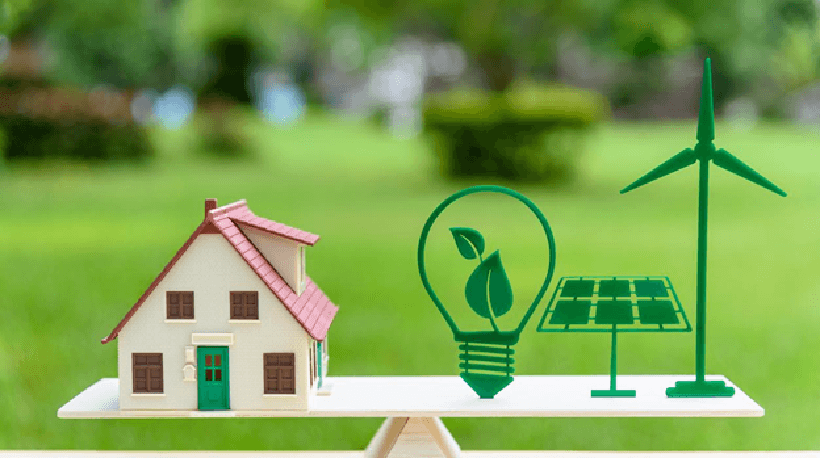If you’re looking for a way to lower your household utility bills and reduce your impact on the environment in the process, it starts with lowering your energy consumption. More specifically, you should look for ways to make your home more energy efficient. And with so many exciting new technologies on the market, this pursuit is more practical than ever before.
How Much Energy are You Wasting?
According to the most recent report on energy usage in American homes, the average monthly electricity bill for residential customers in the United States is $115 per month. The average price is 13.01 cents/kWh (a one percent year-over-year increase). But truth be told, it really depends on your location, home size, and other unique circumstances.
The states with the highest average monthly electricity bill include Hawaii ($168), Connecticut ($151), Alabama ($150), South Carolina ($145), and Mississippi ($136). The states with the lowest average monthly electricity bill include Idaho ($94), Illinois ($92), Colorado ($83), New Mexico ($80), and Utah ($76).
In total, the average American household spends $1,380 per year on electricity, while those in the most expensive regions pay an average of $2,016 annually. This is far more than all other utilities, including natural gas, water, trash, internet, cable, etc.
Energy Efficient Technology and Trends
The good news is that you don’t have to spend this much on electricity. With the right energy efficient technology, you can curb your consumption, save money, and even benefit the planet along the way. Here are several ideas and trends:
- LED Lights
Did you know that traditional incandescent light bulbs consume six-times as much energy as an LED bulb? Or what about the fact that incandescent bulbs must be replaced far more often than LEDs (which have a lifespan 50-times longer than most bulbs).
It costs roughly $8.89 cents to buy and run an incandescent light bulb for three hours per day for a year. It costs just $2.81 for an LED light bulb. That might not sound like much, but consider how many bulbs you have in your house. The typical American home has 40 light bulbs. This means switching to LED throughout your home could save you roughly $243.20 per year.
- Fireplace Inserts
Most people know that LED lights can save them money, but what about fireplace inserts? A fireplace insert, which is basically a closed-combustion firebox that you install into an existing fireplace, improves efficiency and versatility.
Inserts are available for a variety of materials, including burning wood, wood pellets, or gas. With gas inserts, you can choose from natural vent, direct vent, or vent-free.
If your family uses your fireplace a lot, upgrading from a traditional fireplace to a fireplace insert could save you hundreds of dollars per year.
- Solar Panels
While the upfront investment can be steep – and you’ll need to stay put for a while to recoup the cost – solar panels provide significant energy savings over the long run. In fact, the average home can save somewhere between $10,000 and $30,00 over the life of a solar panel system.
In order to determine whether solar panels make sense for your home, you’ll have to run a cost-benefit analysis. This also involves having a professional evaluate your property, roof, the orientation of your home in relation to the path of the sun. To put it very simply: The more sunlight, the better.
- Smart Thermostats
Don’t forget about your HVAC system, which is one of the biggest energy hogs in the home. Aside from installing more efficient systems and improving your home’s insulation, installing a smart thermostat is one of the best things you can do.
A smart thermostat learns your behaviors and can automatically optimize air temperature using sensors that detect when people are home, what rooms they’re in, etc. While it typically takes a year to break even on the purchase of a smart thermostat, these systems save hundreds of dollars per year on an ongoing basis.
Prioritizing Energy Efficiency
Energy efficiency isn’t something that we typically spend a lot of time thinking about, but perhaps we should. Not only are our wallets on the line, but so is the environment. By prioritizing energy efficiency and integrating the right technology into our homes, we can do our part to make our corner of the world a little better place!

This is Rohan, I’m a Digital marketing Expert, Full time Content Writer and founder of BoxerTechnology.com I can help people across the world through my articles. I am sharing the latest stories from companies like Apple, Samsung, Google, and Amazon.


Leave a Reply